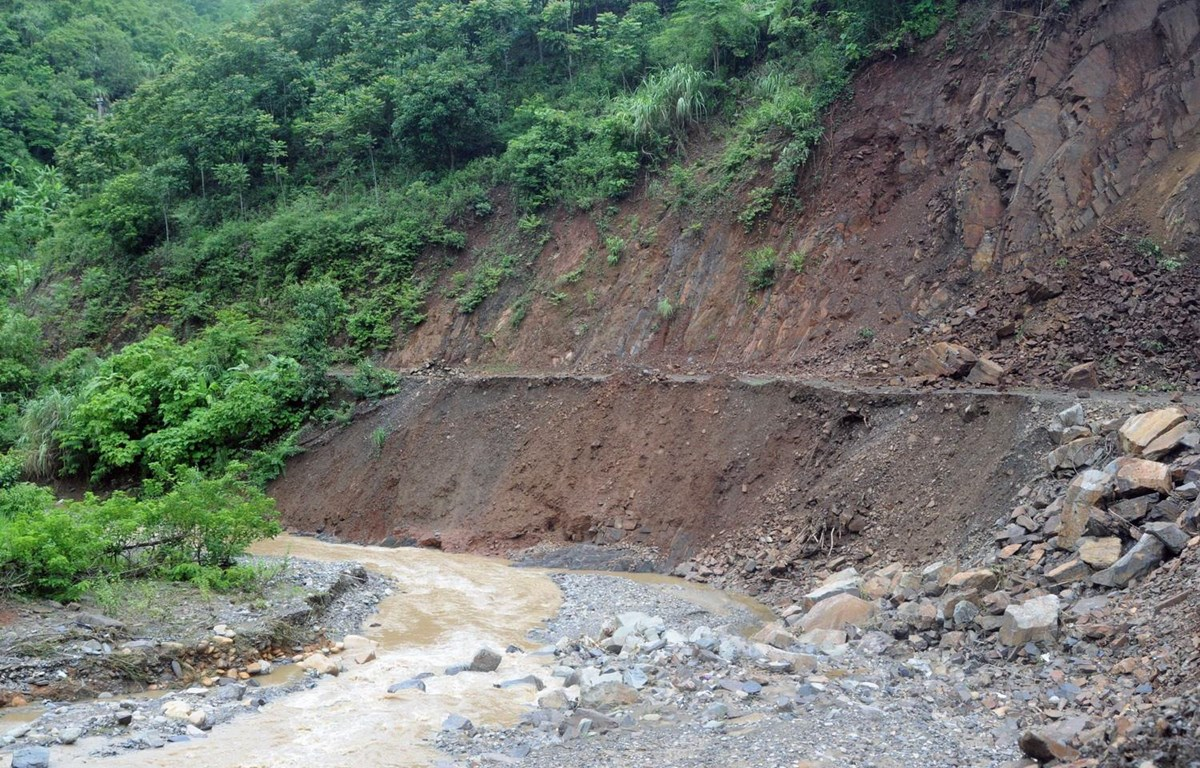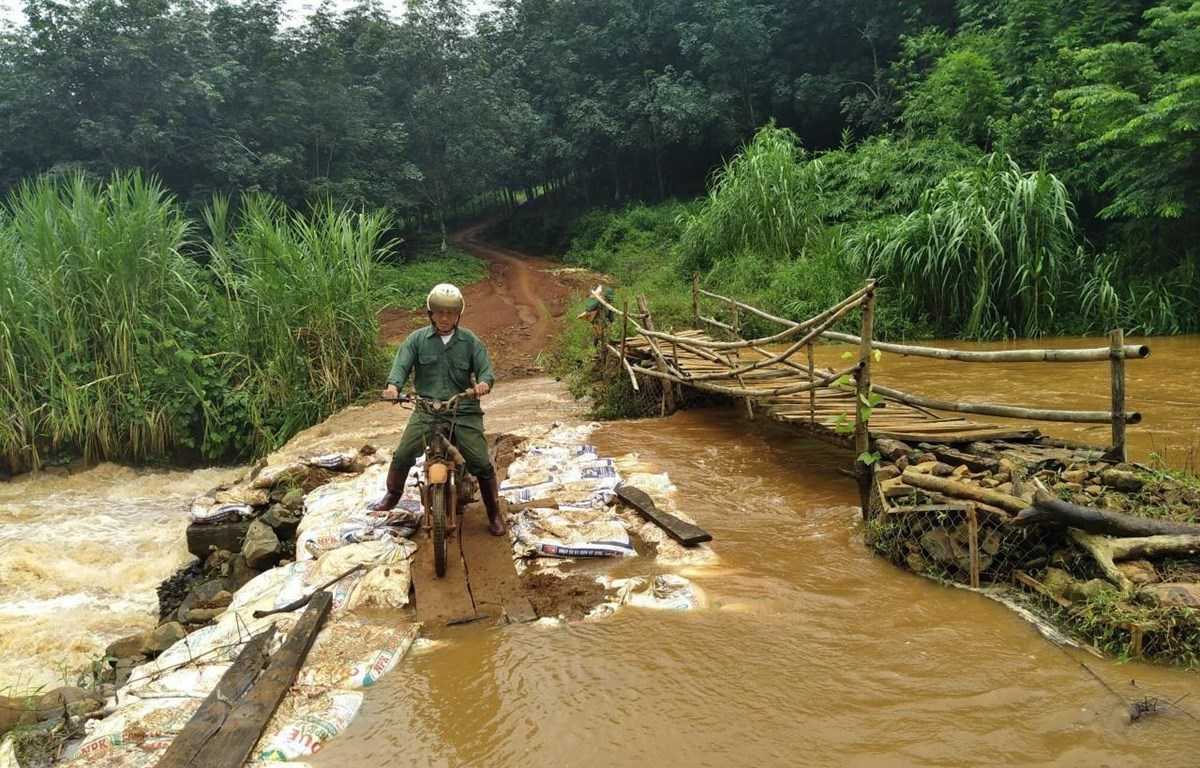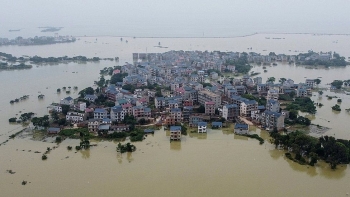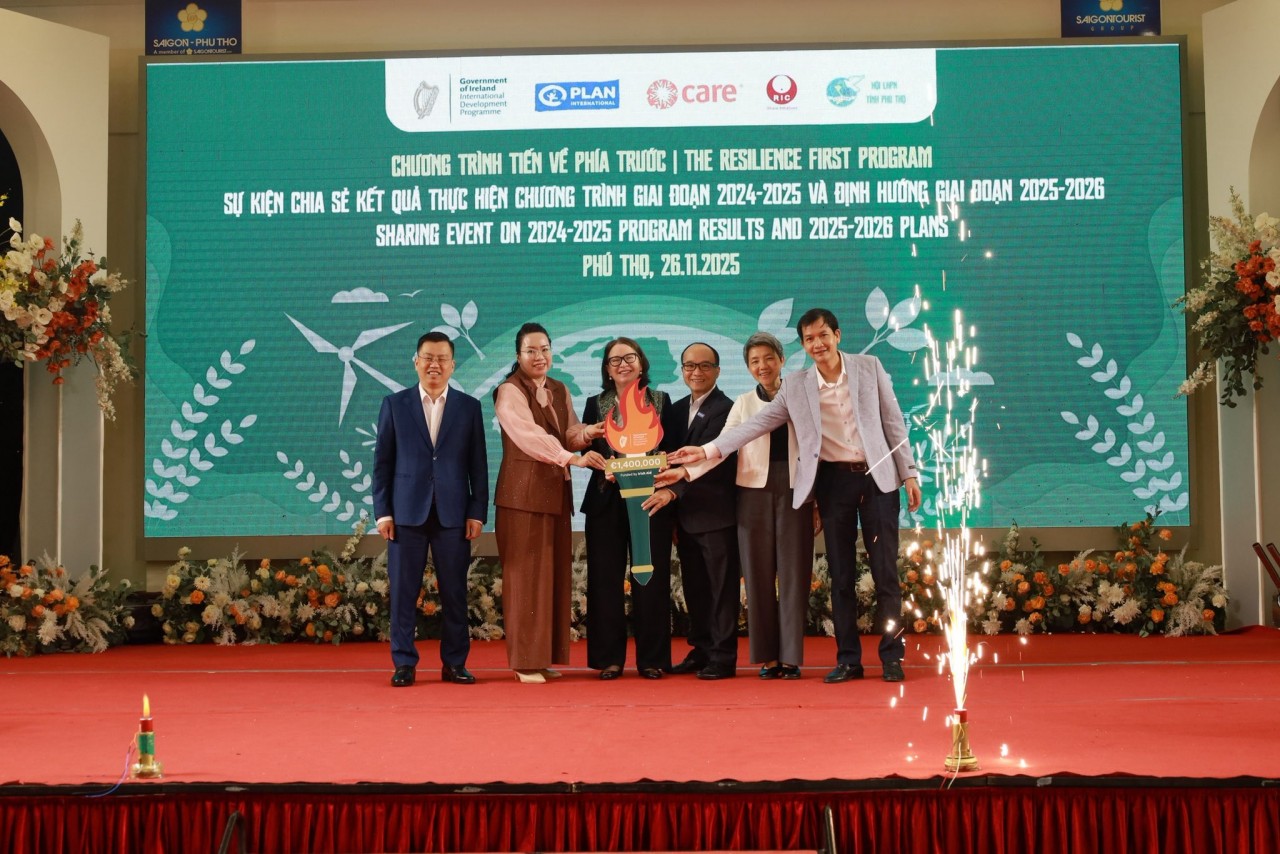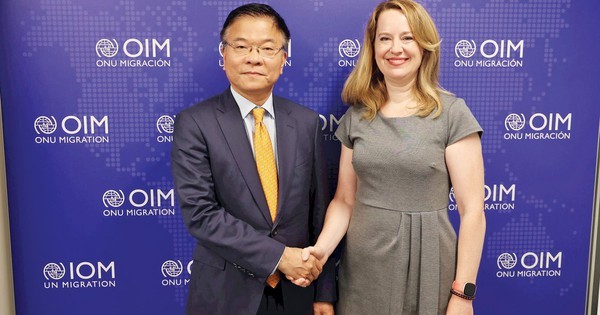Asia Most Affected By Climate Change
 |
| Asia is facing more severe impacts from climate change than any parts of the world. |
According to researchers from McKinsey & Co., fatal heat waves, droughts, floods and storms will become more common in Asia-Pacific, the region that is facing more severe impacts from climate change than any parts of the world.
Asia is at particular risk because of its high number of poor people, who tend to be more dependent on outdoor work, living in the most vulnerable areas with high temperature and humidity, the McKinsey Global Institute said. By 2050, the potential risks that these groups would be facing could cost the region up to $ 4,700 billion per year in GDP.
The report also highlights the economic risks of delaying climate change mitigation or adaptation investments. According to McKinsey, the likelihood of large-scale damage caused by climate change will be no less than the current COVID-19 pandemic.
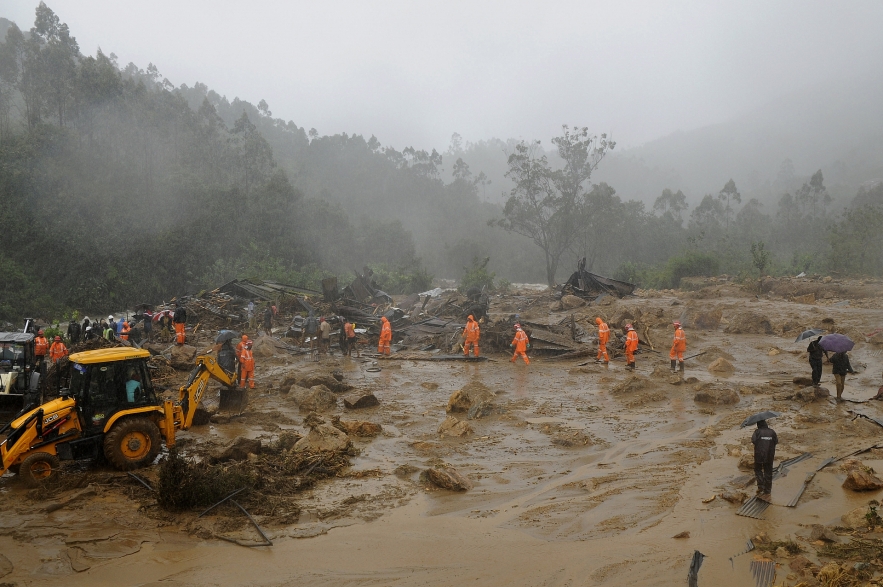 |
| River of mud after heavy rain in India. |
The forecasts are based on a scenario in which the world fails to cut greenhouse gas emissions and the temperature in Asia increases by 2 Celsius degrees. Forecasts indicate that, by the year 2050, 500-700 million people living in countries such as India, Bangladesh and Pakistan could experience excess heat waves.
According to research results, the loss of outdoor workers during this time can reduce 7% - 13% in GDP of the three countries above, resulting in an average loss of USD 2,800 - 4,700 billion across Asia each year.
McKinsey forecasts that the number of heavy rainfall will increase by 3-4 times by 2050 in some areas in Japan, China, South Korea and Indonesia. Increased flooding could cause USD 1,200 billion in damage in Asia, accounting for about 75 per cent of total global damage.
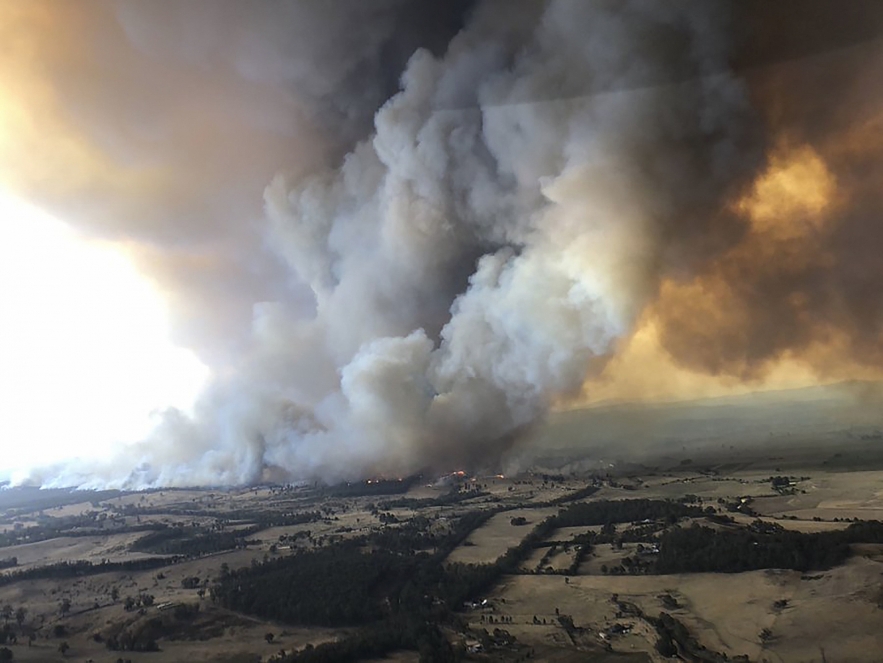 |
| Wildfires in Australia. |
In contrast, as the Earth heats up, regions in the southwest of Australia could experience droughts for more than 80% of their time by 2050. China's regions could experience droughts for 40% - 60 % the time of the year. Climate change will also increase the likelihood of violent storms from the Philippines and Vietnam to Northeast Asia, increasing surface water availability in the northern regions of India and China, while causing water depletion in reservoirs in Australia.
The institute said emerging countries in Asia including Cambodia, Indonesia, Laos, Malaysia, Myanmar, the Philippines, Thailand and Vietnam are expected to see increases in temperature and humidity. By 2050, these economies could suffer 8-13% of their gross domestic product (GDP) from these effects. In Vietnam, Ho Chi Minh City is likely to lose between USD 500 million - 1 billion in a major flood that directly impacts infrastructure by 2050.
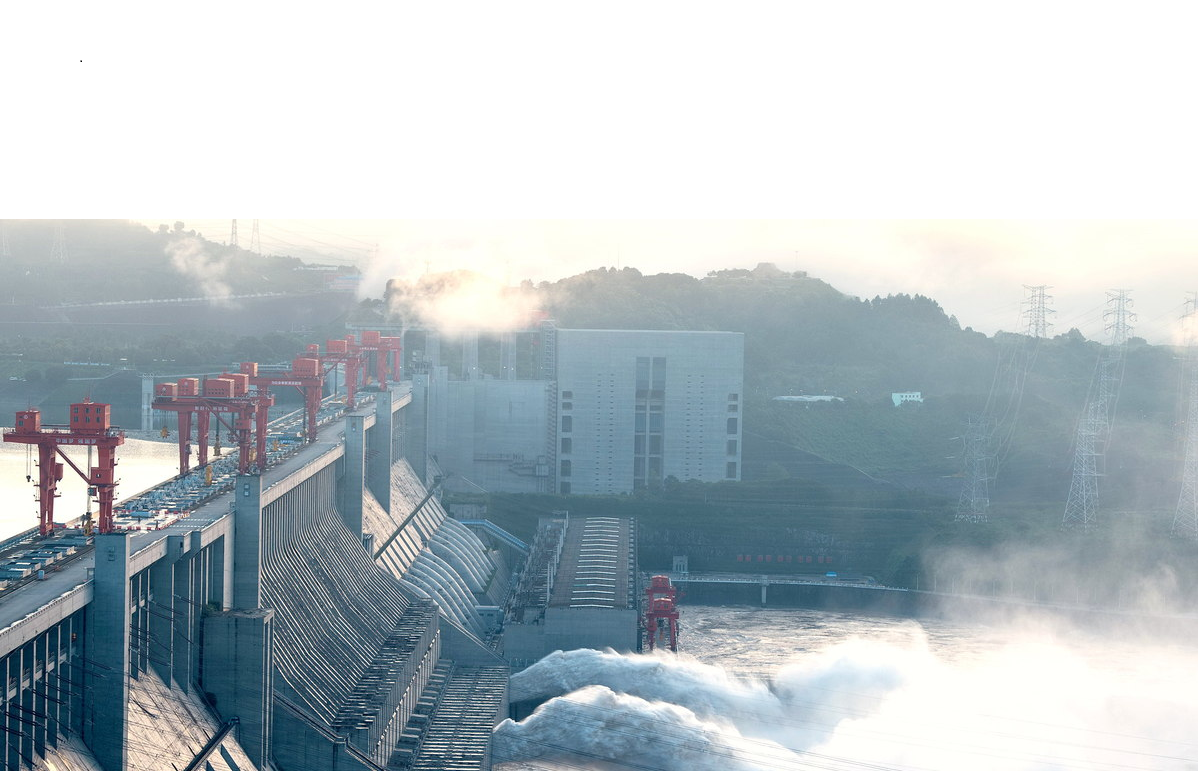 | China’s Three Gorges reservoir braces for new round of floods The Three Gorges reservoir in Central China's Hubei province is expected to see a new round of floods around August 14. |
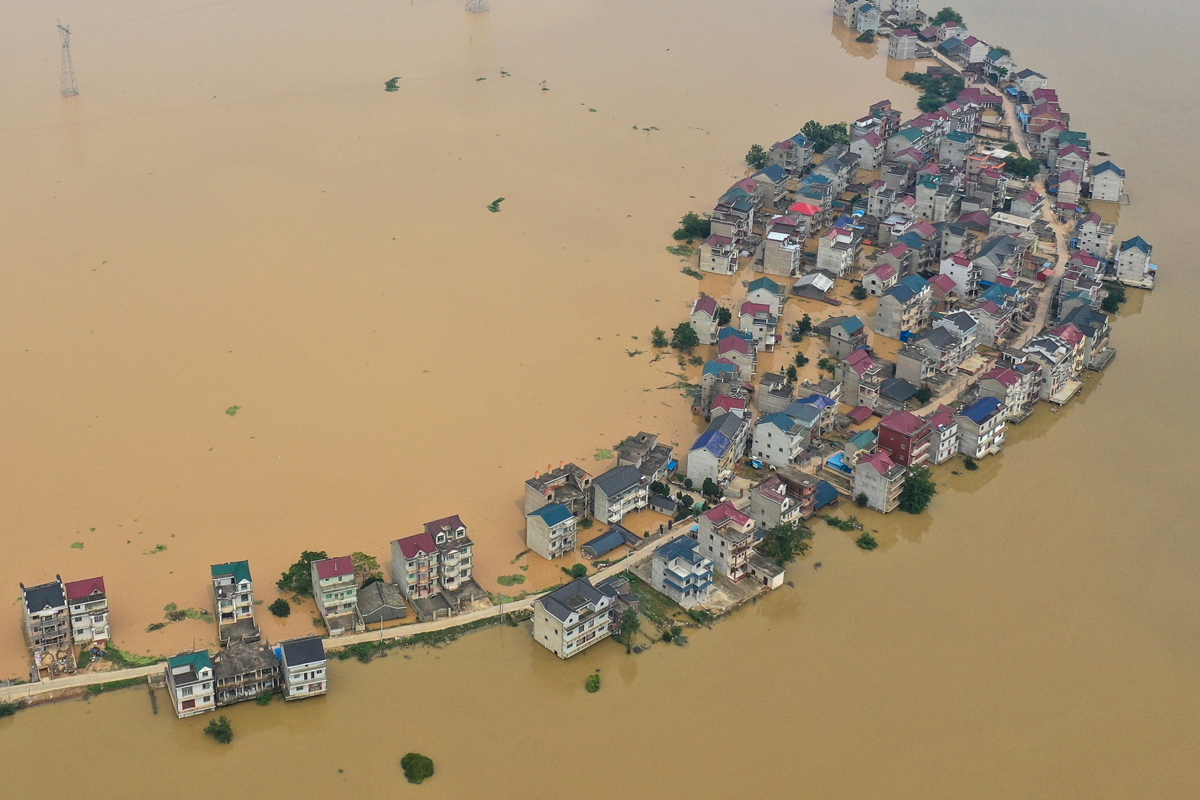 | Rain-triggered floods affect nearly 55 million people in China China has witness the worst flooding in decades both above and below the Three Gorges Dam along the Yangtze River. |
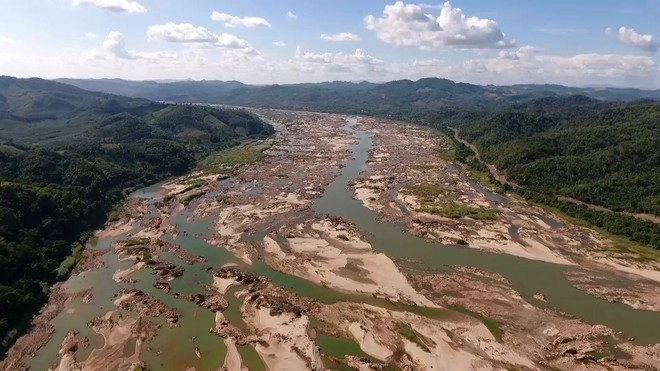 | Mekong river facing severe drought amidst serious flooding in China Mekong water remains at a significantly low level, while Vietnam, Cambodia and Thailand call for a reconsideration of the Sanakham hydroelectric dam project in Laos. |
Recommended
 World
World
India-EU trade agreement expected to be promoted in the future
 World
World
German Chancellor Merz begins his first state visit to India
 World
World
Vietnamese Lunar New Year Food Fair 2026 Showcases Cultural Identity in Malaysia
 World
World
India named President of BRICS+ for the 2026 term
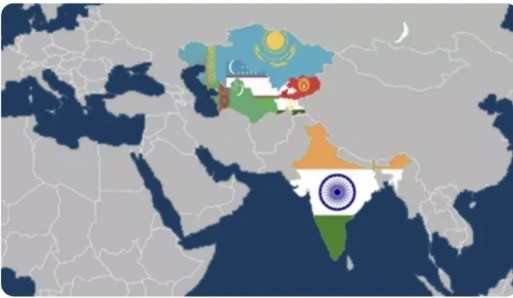 World
World
India strengthens defense and security ties with Central Asia
 World
World
India–Brazil–South Africa (IBSA) Dialogue Forum: An Assessment – Analysis
 World
World
India’s package for exporters signals confidence in Southeast Asia markets
 World
World

